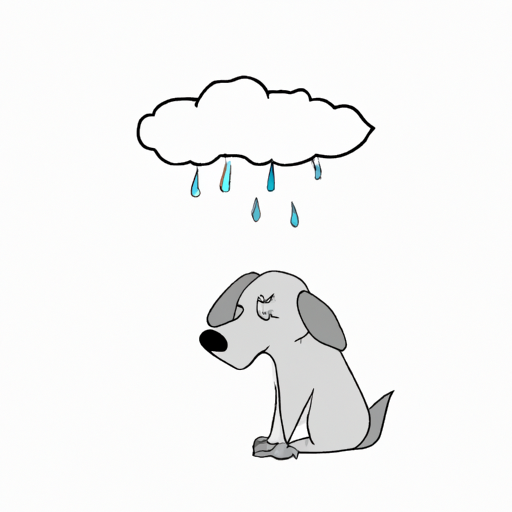Understanding Your Dog’s Emotional Life
As a caregiver, you are likely to be very in tune with the emotional state of those in your care. Whether it’s a child, a spouse, or a pet, you are likely to be the first to notice when they are experiencing sadness or distress. In dogs, this distress can manifest in many ways, some of which are similar to humans. However, crying tears is not typically one of them.
Your dog certainly experiences a range of emotions, but their emotional life is not exactly like ours. While they can feel basic emotions like happiness, fear, and even sadness, their way of expressing these feelings is quite different from ours.
Canine Communication: More Than Just Tears
Dogs communicate primarily through body language and vocalizations. You’ve probably noticed that when your dog is happy, they wag their tail with vigor, and when they’re scared or anxious, they might whimper or howl. But do they cry when they’re sad?
markdown
| Human Expression | Canine Equivalent |
|------------------|-----------------------|
| Crying | Whining, yelping |
| Laughing | Panting, wagging tail |
| Frowning | Ears back, tail down |
The truth is, dogs do have tear ducts and can produce tears, but not as a result of emotional distress. Instead, tears in dogs are a physiological response to eye irritation or a sign of certain health issues.
The Science Behind Dog Tears
Unlike humans, dogs do not cry tears of emotion. This is not because they are incapable of feeling sadness, but rather because their tear production works differently. Dogs produce tears for the purpose of moisturizing their eyes and protecting them from dirt and other foreign objects.
In fact, if you notice your dog shedding tears, it might be a sign of distress, but not the emotional kind. It could be that they have something in their eye, or they could be suffering from a health issue like conjunctivitis or an eye infection.
How Dogs Express Sadness
While dogs might not cry tears when they’re sad, they do have their own ways of showing when they’re feeling down. These can include:
- Lack of energy
- Loss of appetite
- Whining or whimpering
- Excessive sleeping
- Avoidance behavior
Your role as a caregiver is to recognize these signs and respond accordingly. Always remember that you know your pet better than anyone else. If you notice any unusual behavior, it’s best to consult with a veterinary professional.
FAQs
Q: Do dogs cry when they are in pain?
A: They might whimper or yelp, but they don’t shed tears like humans do.
Q: Are there any conditions that cause dogs to produce excessive tears?
A: Yes, conditions like conjunctivitis, allergies, or blocked tear ducts can cause excessive tearing in dogs.
Q: My dog seems sad. What should I do?
A: If your dog’s behavior has changed or they seem unusually sad, it’s best to consult with a vet. They can advise you on the best course of action.
In conclusion, while dogs might not cry tears of sadness like us, they certainly do experience a wide range of emotions. As a caregiver, understanding and responding to these emotions is a crucial part of providing for their well-being.



